By Kathryn Will, Meghan Goodwin, and Sophie HendrixThe Notable Children’s Books in Language Arts Committee (NCBLA), reads, reviews, and discusses over 400 books of various genres written for K-8 children each year. These works of poetry and prose are analyzed using the charge of the committee that asks in making the selection of the top thirty texts the seven committee members consider: 1. Appealing format, 2. Enduring quality, 3. Exemplary quality for their genre, and 4. Meeting one or more of the following: a. Use of language: play on words, word origins, history of language b. Uniqueness in use of language or style c. Invitation of child response or engagement This post focuses on two of the texts from the 2020 Notables List that might be seen through the lens of a progression from small to large. Although The Magic of Letters (2019) and Small World (2019) are very different books, they can be used to invite readers to imagine, play, and wonder. The Magic of Letters
Written by Tony Johnston Illustrated by Wendell Minor Penguin Random House, unpaged, ISBN 978-0823441594
Small World
Written by Ishta Mercurio Illustrated by Jen Corace Abrams Books for Young Readers, unpaged, ISBN 978-1419734076
Teaching Tips Both of these books invite readers to engage in exploration and discussion through multiple reads due to their rich vocabulary and use of language. Teachers can easily deepen and extend the texts through a variety of activities. Using the illustrative style of The Magic of Letters, children could repurpose magazines and catalogues to cut out letters and words as sources for creating new words and sentences. As they pore over the texts, they could look for familiar and known letters and words, providing opportunities for practice in letter and word recognition before assembling them in a collage. Children could use crayon resist to create magic letters of their very own, or even play roll and write to create sentences from familiar and new words. These activities reflect the rich and playful nature of the text. Small World is a text that envelopes the reader in the world of STEAM (Science, Technology, Engineering, Art, and Math). The rich vocabulary begs teachers to consider connections to geometry, snow science, and roller coasters. With consideration of Nanda’s career as an astronaut, students might watch this video about women astronauts, or think about materials they might need for a trip to the moon. This book also holds opportunities for rich discussion with questions such as:
Kathryn Will is an Assistant Professor of Literacy at the University of Maine Farmington (@KWsLitCrew). She is passionate about sharing the power of children's literature with her students, including the two listed below who assisted in the creation of the teaching tips shared. She is a member of the 2019 Notables Committee, and will be chairing the committee in the upcoming year. Meghan Goodwin, Preservice teacher, University of Maine Farmington (@Ms_G_Teaches) Sophie Hendrix, Preservice teacher, University of Maine Farmington BY ALLY HAUPTMAN Why do we teach vocabulary? At its core increasing a student’s vocabulary gives that student power. The power to express ideas, opinions, and feelings. The power to find the right words to persuade, inform, or to bring joy to readers. The power to build knowledge and understand complex concepts across disciplines. To effectively teach vocabulary and empower our students, teachers must provide rich and varied language experiences, learning experiences that connect words within a context, and opportunities to develop word consciousness (Allen, 2014). Students need opportunities to read, write, and talk in authentic ways. Teachers can model how to use words in context, and immerse students in the language of different disciplines. We need to show students how powerful words are in helping us communicate our ideas. We have to show them how to become “word collectors.” We need to teach vocabulary within context, and intentionally put students in situations where they make connections between words and concepts. One of the most effective ways for students to make connections and construct meaning is to make sure new vocabulary is presented within a meaningful context. This is where excellent children’s literature comes into play. There are so many brilliantly written non-fiction picture books that can be used to teach vocabulary within a context. With students, I refer to these non-fiction books that are accessible to young readers and use text features in interesting ways, as jazzy non-fiction. Students are drawn to these texts because they make the subject fascinating for readers. One author whose jazzy nonfiction I often use is Jess Keating. She is an author, artist, and zoologist who creates texts that spark curiosity about animals and women in science. In her World of Weird Animals series, she uses photographs, cartoons, and text features in unique and engaging ways. This is what makes her books so appealing to young readers, but as a teacher I am drawn to the complex vocabulary she uses in her writing. Jess Keating books can be used as mentor texts for writing, sparking a myriad of writing possibilities for students as they begin to see creative ways to write nonfiction. Jess Keating books are perfect for modeling a rich array of metacognitive comprehension strategies like determining importance. Jess Keating books are the best for teaching science concepts and related vocabulary within an authentic context. Cute As an Axolotl: Discovering the World’s Most Adorable Animals
In this text, Jess Keating and David DeGrand present a combination of stunning animal photographs, cartoon animals, and text features that invite readers to learn about some seriously cute creatures. For each animal, Keating lists facts like species name, size, diet, habitat, predators and threats. She also tells the reader strange, interesting facts that leave you wanting to do more research on these adorable creatures.
Learning Experience Using Cute As an Axolotl
|
Authors:
|
CLA
About CLA
|
Journal of Children's Literature
Write for JCL
|
ResourcesCLA-sponsored NCTE Position Statements
|
Members-Only Content
CLA Video Library
|
© COPYRIGHT 2018.
ALL RIGHTS RESERVED |

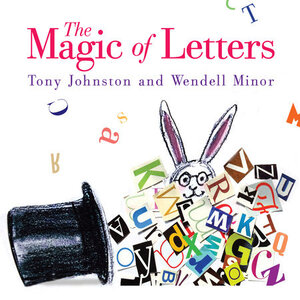
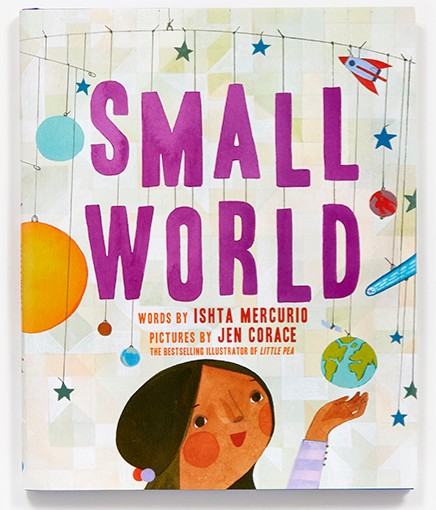
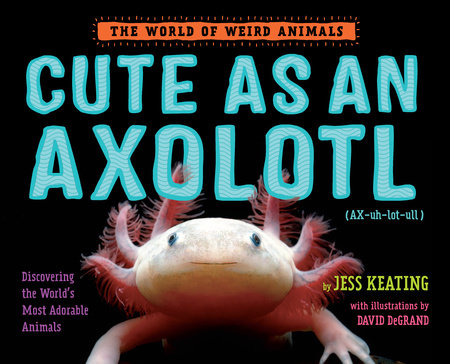
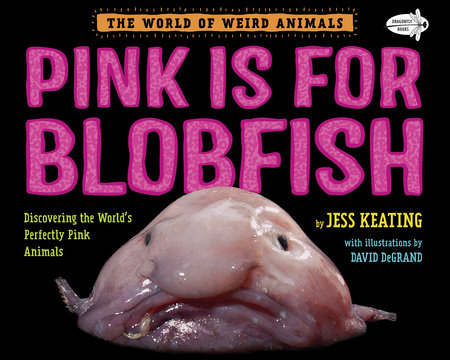
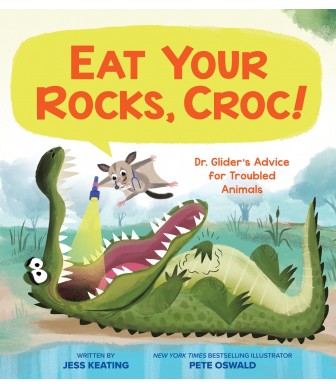
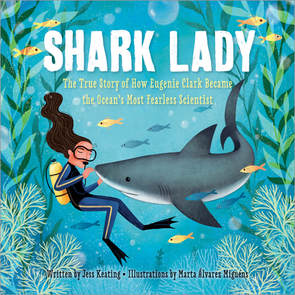
 RSS Feed
RSS Feed